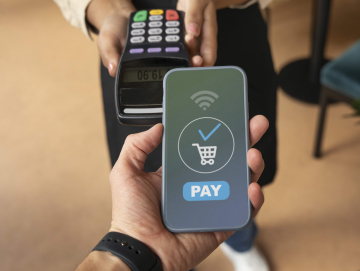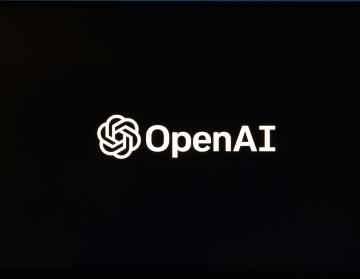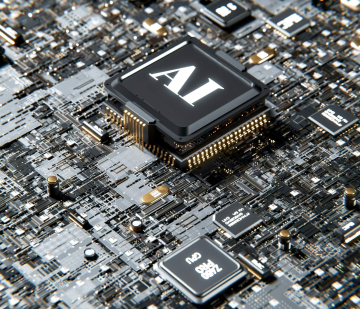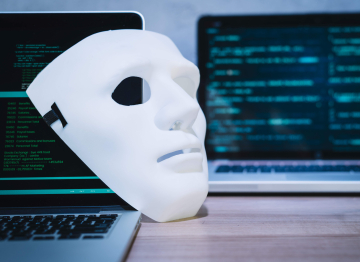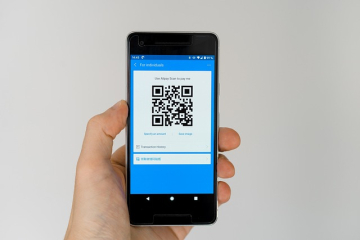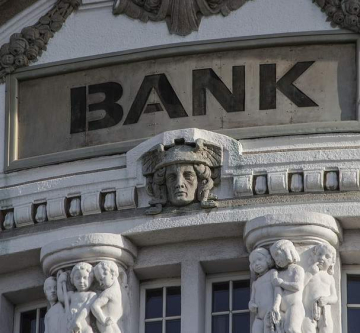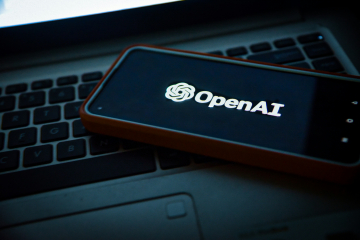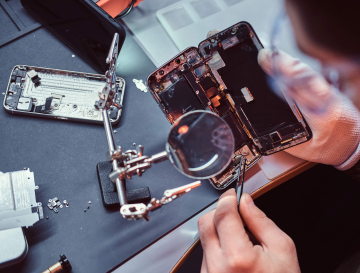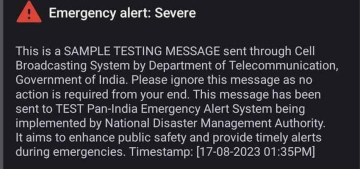Cryptocurrency isn’t just a normal currency it’s a type of digital money. Unlike physical currency like rupees or dollars which is used in daily lives, it only exists virtually. It uses cryptography (fancy math-based locking) to secure transactions and control creation of new units. The key idea is that an individual can send value/money directly to someone else without a bank in the middle.
In simple words crypto is money of the internet, created and transferred digitally, where trust comes from technology instead of banks.
A Brief history
The idea of digital money isn’t new the idea came at the late 20th century.
2008–2009: Cryptocurrency appeared after a mysterious person or group named Satoshi Nakamoto launched the first cryptocurrency i.e. Bitcoin. The idea was peer-to-peer digital cash without banks.
2010s: After Bitcoin, new projects began popping up. Some coins tried to be faster or cheaper, while others, like Ethereum (2015), brought in the concept of “smart contracts.” This meant money could be linked with programs that run automatically, opening doors to apps, games, and many new ideas.
Since then, the market has grown huge and the concept that started as an experiment has now become a global trend, with the technological development and after overcoming lots of challenges crypto is now used as a mean of trading, payments, and even decentralized finance. The journey had big ups and downs, but in today’s world it continues to attract millions of people worldwide who see it as the future of money.
Types of cryptocurrencies
Bitcoin (BTC): The first cryptocurrency found in 2009 also the most commonly used. Often seen as “digital gold.”
Ethereum and smart-contract platforms: It was found in 2015, is a blockchain platform with its own currency known as Ether/Ethereum (ETH). It’s the most used and popular cryptocurrency after Bitcoin.
Stablecoin: It’s the most fix and stable crypto and act as a stable asset like the US dollar (e.g., USDT, USDC), it’s used to avoid big swing in price.
Ripple: It was found in the year 2012 and it use ledger system. The network was made to be faster and cheaper than Bitcoin.
Privacy coins: It was designed to give privacy, it masks certain information to maintain user anonymity. It was also built for private transactions (e.g., Monero).
How does cryptocurrency work
1. Ledger: The term “ledger” in cryptocurrency is a list of every transaction that take place on the network. Transactions are recorded, shared ledger is also known as blockchain. Imagine a notebook that everyone keeps as a copy. Every time someone sends or receives crypto, a new line is added to that notebook so everyone can see the history.
2. Blocks & consensus: A place in a blockchain where data is stored is known as Block. The structure of a block is different for every blockchain. A block consists of the Head and the Body. Consensus in cryptocurrency is an important mechanism to maintain honesty and security. In this network consensus is very important for free and fair verification, without relying on a single person. Different blockchains use different ways to agree, but the network must agree before a page is finalized.
3. Private keys & addresses: keys are used to control the ownership of cryptocurrencies. To send or receive any crypto an individual need to create a private key and public key pair, like a secret PIN for your wallet. An address is a human-friendly encoding of a public key, the address is like the bank account number that others can send coins to. If someone gets the private key, they can spend the coins anywhere they want to, so it must be kept safe.
4. Mining/validation: Mining and validation both are very important parts of the network, but they have different functions. Mining needs high computing power, while validation needs less energy. Some networks use miners to do the work; others use validators. Both processes ensure honesty and keep the network secure.
5. Smart contracts: Smart contracts are a type of digital contract stored on a blockchain technology. It works by exploiting one of the simplest programming techniques i.e. the “if” statement.
How to buy cryptocurrency
You may be wondering how to buy cryptocurrency safely. There are typically three steps, these are as follows:
Step 1. Choose a platform: The first is to decide which platform to use. There are traditional broker and cryptocurrency exchanges. After selecting create an account and complete verification.
Step 2. Deposit money: Once chosen the platform or exchange, an individual need to fund the account to begin trading. An individual can do it from any bank or card, crypto purchase with credit card is considered risky, some exchanges doesn’t support that.
Step 3. Buy the crypto you want: After choosing one’s option, an individual can place an order via broker’s or exchange's platforms.
There are also other ways to invest in crypto. One of them include payment services like PayPal, Cash App, etc.
It’s generally suggested to keep records, save transaction receipts and keep it safe.
How to store crypto safely
After the purchase an individual need to store it safely to protect it from hackers and thieves. Some of them are:
Exchange wallet: When an individual purchase crypto on an exchange, the fund automatically goes to the exchange wallet.
Hardware wallet: A physical wallet that stores keys offline, it allows to hold private keys in cold storage. It’s generally best for long-term holdings or larger amounts.
Mobile wallet: A smartphone or mobile wallet acts as a hot wallet and it can be great for sending or paying with crypto but can be less secure than cold wallets.
Paper wallet: In early days paper wallets were the only cold storage option. It can be created by printing out a private and public key. However, paper wallets are considered outdated and not often used anymore.
Advantages
Protection from inflation: Inflation has caused many currencies to urge their value to decline with time. At the time of its launch, almost every cryptocurrency is released with a tough and fast amount.
Self-governed and managed: Governance and maintenance of any currency is also a serious factor for its development. The cryptocurrency transactions are stored by developers/miners on their hardware.
Cost-effective mode of transaction: One of the most uses of cryptocurrencies is to send money across borders. With the help of cryptocurrency, the transaction fees paid by a user are reduced to a negligible or zero amount.
Easy transfer of funds: Cryptocurrencies have always kept themselves as an optimal solution for transactions. Transactions, whether international or domestic in cryptocurrencies, are lightning-fast. It will be because the verification requires little time to process as there are only some barriers to cross.
Disadvantages & risks
Illegal transactions: Bitcoin has been used as a mode of payment (exchanging money) during many illegal deals in the past, like buying drugs on the dark web. It has also been used by some people to convert their illicitly acquired money to hide its source, through a clean intermediary.
Risk of Data Loss: It would make it safer to position money in cryptocurrencies than physical cash or bank vaults. But if any user loses the private key to their wallet, there is no getting it back.
Power lies in few hands: Although cryptocurrencies are known for their feature of being decentralized, the flow and amount of some currencies within the market are still controlled by their creators and some organizations.
No refund or cancellation: If there is a dispute between concerned parties, or if someone mistakenly sends funds to a wrong wallet address, the coin cannot be retrieved by the sender. It might be utilized by many folks to cheat others out of their money.
Conclusion
India’s cryptocurrency presents an interesting case study, not just for its internal complexities but also for its broader implications for the global regulatory landscape. It contains the challenges and opportunities associated with emerging technologies and highlights the need for clear regulations in the future. As a country, India has faced policies rising and falling within a short period, especially relating to cryptocurrency regulations. Cryptocurrencies are not completely legal, nor are they completely prohibited, in a sort of waiting for the government and new digital currency legislation in India. The right mix of Bitcoin regulation in India could place the country favourably in the international market by fostering digital asset development while maintaining the stability of the country’s financial sector. In India, cryptocurrency is getting popular, but there are challenges like unclear rules and security issues. While there are opportunities for financial inclusion and easier investment plans, India needs to create rules, educate people, and improve technology. The government is exploring Web3 and blockchain for innovation. Balancing new ideas with proper rules is key to the safe and successful use of cryptocurrency in India.
For more information on IT Services, Web Applications & Support kindly call or WhatsApp at +91-9733733000 or you can visit https://www.technodg.com
Cryptocurrency, Everything about Cryptocurrency.


































